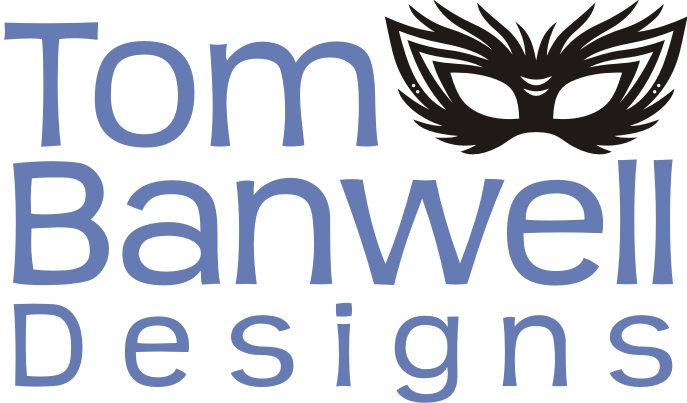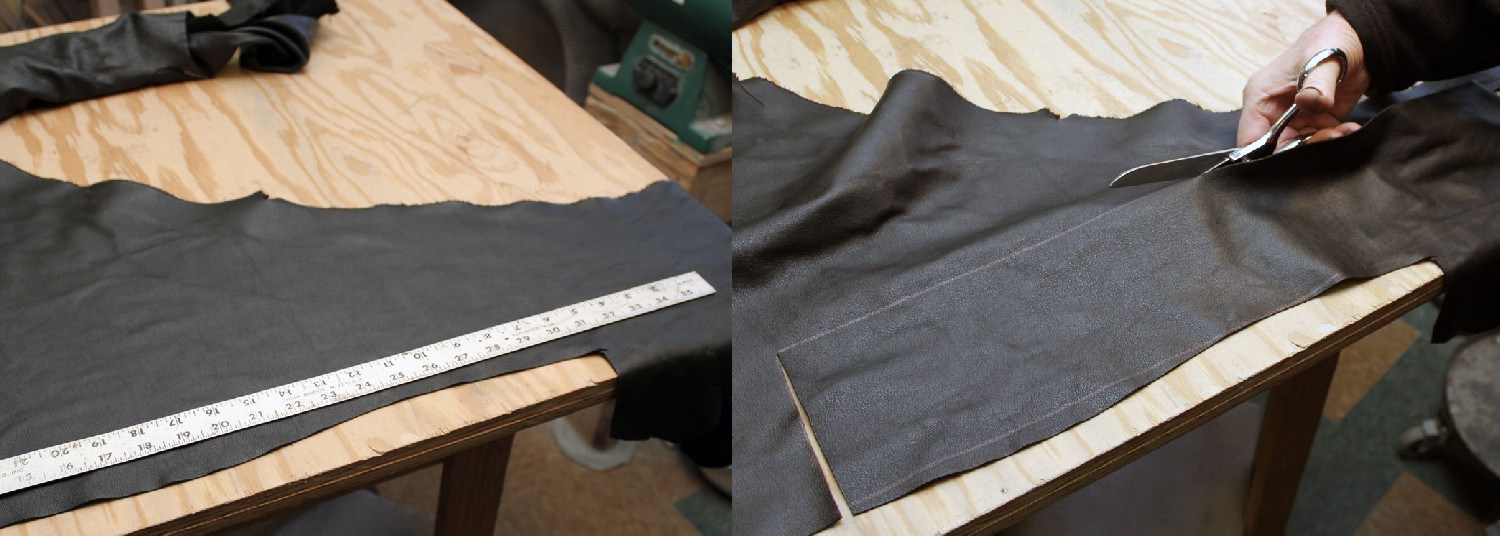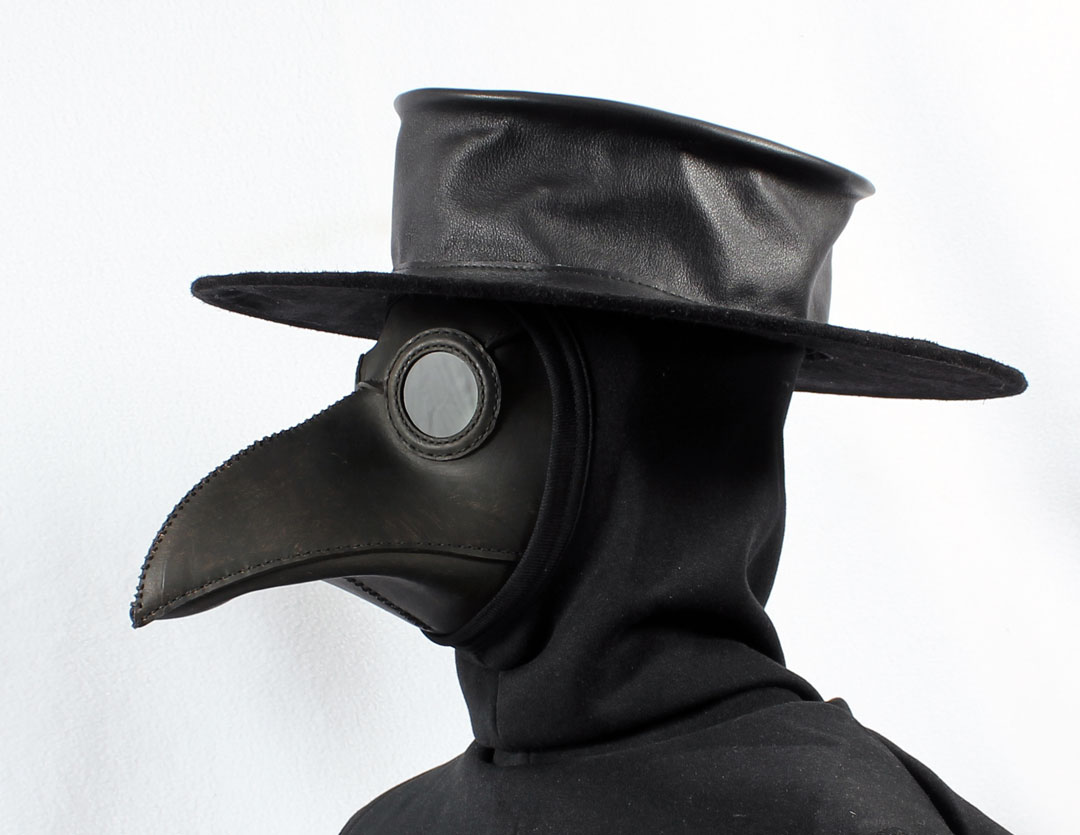Plague Doctor's Hat in Garment Leather
This tutorial was written in March of 2012. It was my first plague doctor hat. My inspiration for it was the Furst engraving from 1656, shown below on the left.
On the right is what I came up with, using black deerskin leather for the hat. A cotton balaclava hides the back of the head and neck. The hat is made of three pieces: The brim, the crown, and the top. While not a really simple project, one could make this hat with ordinary tools.
I began by figuring out the patterns through trial and error. I made the head opening fairly large so that it could fit over the mask straps and balaclava. The top is an oval measuring 7½" wide by 9¼" tall.
The crown is a simple rectangle, measuring 4½" by 25". The deerskin is soft and of medium weight, and cut easily with shears.
The brim is an oval inside of another oval. The outer oval measures 16¼" long by 15" wide, and the inner opening is 6¼" by 8". The inner oval sits right in the middle of the pattern. After cutting the outer shape I folded the leather to start the inner cut.
After the three parts were cut out I folded the crown over onto itself and applied contact cement along the outside of one end and the inside of the other, about ¼" wide.
After about ten minutes I carefully pressed the two ends together, overlapping them, and tapped the seam with a hammer to make the cement bond even stronger. Then I folded the crown in half and marked the front by cutting a small notch. I folded it again with the front aligned with the back seam, and clipped the two center sides. These marks were used to line up the top.
I clipped the top the same way, then lined up the marks and stapled them together, right sides together, which in this case is the topgrain side of the leather. After stapling the four marks I stapled half way in between them, then half way in between them again, until I had the two parts held firmly together. You will need to compress the top, as it should feel a little big for the crown.
I then sewed them together making sure that the needle stayed inside of the staple line. I used an industrial flatbed sewing machine, but you could sew this easily with a household sewing machine as long as you used diamond shaped needles designed for leather.
Fabric needles are designed to slide in between threads without cutting them. Leather is a solid material with no holes, so you need a needle that is very sharp and cuts a hole as it sews.
After machine stitching the top and crown together, I removed the staples with a small knife. In order to make the top half of the hat hold its shape and not be floppy I decided to reinforce the top. First I cut out a piece of chipboard the same size and shape as the leather top. You can use chipboard from a legal pad for this, after removing all the paper.
I applied contact cement to one side of the chipboard and the inside of the top. I didn't let it dry at all this time before placing the hat on top of the chipboard top. Once aligned I pressed it together working from the center out, being sure I didn't get any wrinkles in it.
Then I turned the hat right side out. Next I placed the crown over an upside-down 5 quart plastic bucket. Then I applied contact cement to the bottom outside edge of the crown and around the brim opening on the wrong (flesh) side. I let it dry for ten minutes, then carefully slid the brim down over the crown. The bucket supports the crown from inside so that you can stretch the brim evenly.
At this point the hat is ready to sew on the flatbed machine. I sewed it from the inside, and the outside facing down. The soft leather brim is very floppy, so you need to reinforce it with wire. I used a 14 gauge steel wire from my local hardware store. I bent it around twice, and taped the two wire together, but I recommend you just make one loop with a 1 - 2" overlap.
You can see in the photo above that the wire sits inside the outer edge of the brim by about ½". I turned the edge of the brim over the wire and sewed it down, again on my flatbed industrial machine.
An easier way to do this would be to use bias tape to cover the edge and hold the wire in place.
And here is the finished hat, shown with an antique black Classic mask and fabric balaclava (available at Amazon for under $10).













